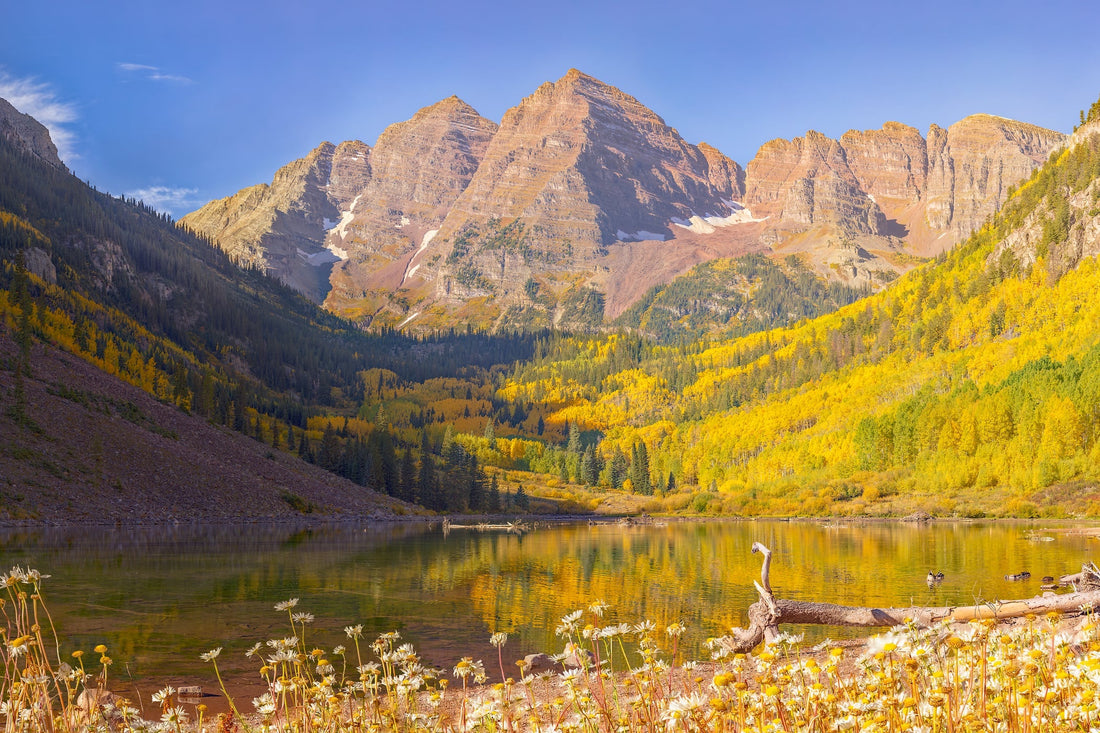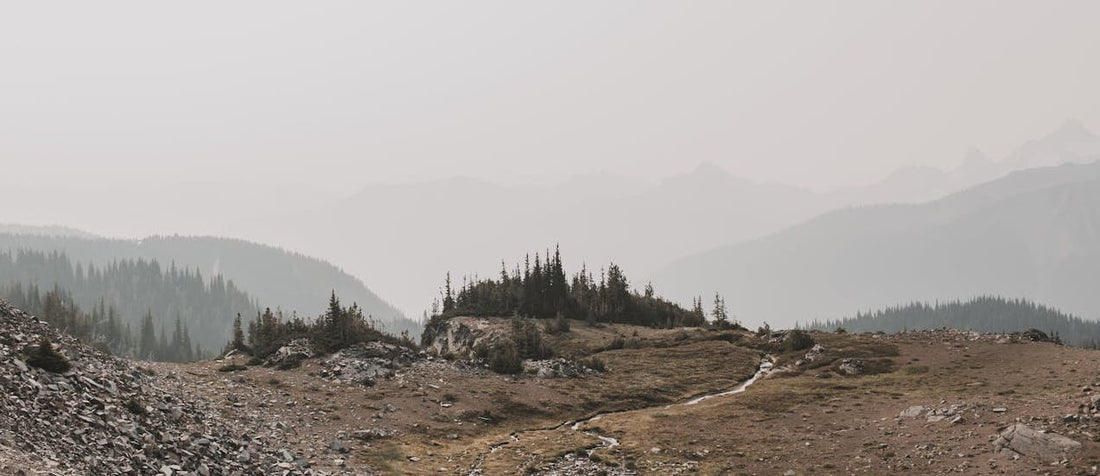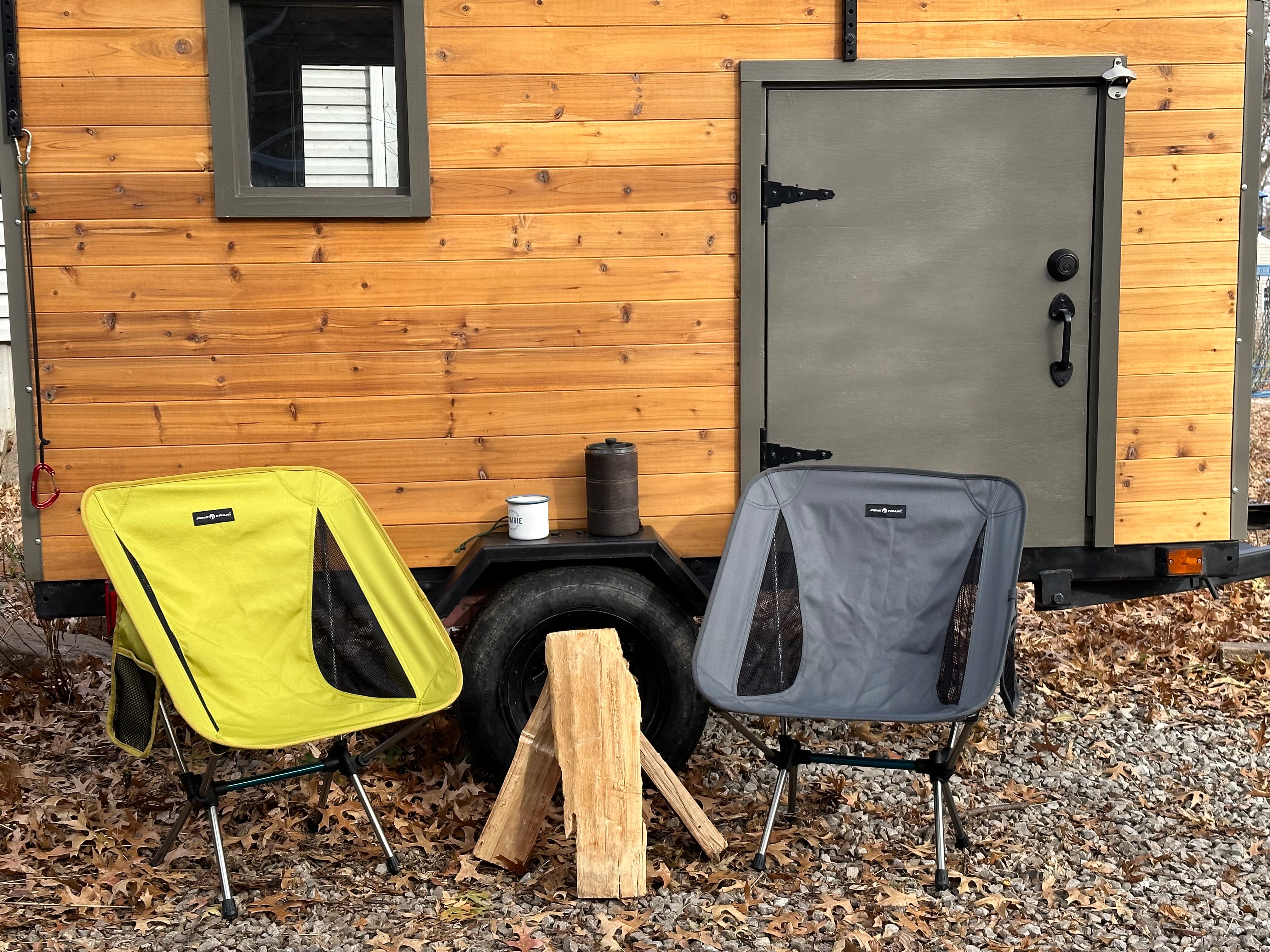Photo by Pixabay: https://www.pexels.com/photo/grass-field-below-clouds-355441/
When venturing into the wilderness, being able to predict weather can be the difference between a memorable trip and a dangerous one. While we now have access to accurate weather forecasts, hikers and campers should also understand basic weather science and learn how to interpret natural signs for when technology might fail. Let’s break down how to read weather patterns, interpret cloud formations, and use atmospheric clues to make safer decisions on the trail.
1. Understanding Basic Weather Patterns
Weather is driven by the movement of air masses and their interaction with geographic features. Here's how to understand the basic patterns:
- High and Low Pressure Systems: High-pressure systems typically bring clear skies and stable weather, while low-pressure systems lead to clouds and precipitation. In the Northern Hemisphere, winds circulate clockwise around high-pressure systems and counterclockwise around low-pressure systems. Understanding the direction of wind changes can give clues about approaching weather.
- Cold Fronts vs. Warm Fronts: A cold front occurs when cold air pushes under warm air, often bringing sudden temperature drops, thunderstorms, and strong winds. A warm front, on the other hand, brings gradual warming and steady rain. Recognizing these changes in temperature and wind can signal shifts in the weather.
2. Cloud Reading: Nature's Forecast
Cloud formations offer valuable insight into upcoming weather. Here are the most common types of clouds you should recognize:
- Cirrus Clouds: These are high, wispy clouds that often look like delicate feathers. They indicate fair weather but can also signal a change in weather within the next 24-48 hours, as they sometimes precede a warm front.
- Cumulus Clouds: These fluffy, white clouds with flat bases are typically associated with fair weather. However, when they start growing taller and darker (becoming cumulonimbus clouds), they can signal that thunderstorms are developing.
- Stratus Clouds: Low, gray, blanket-like clouds usually bring overcast skies and light rain. If you're seeing these on the trail, expect steady, possibly prolonged, precipitation.
- Cumulonimbus Clouds: Towering, dark clouds that signal thunderstorms, lightning, and possibly heavy rain or hail. If you spot cumulonimbus clouds developing rapidly, seek shelter immediately.
3. Atmospheric Clues: Feeling the Changes
In addition to watching the clouds, the atmosphere around you provides clues that can indicate weather shifts:
- Wind: Changes in wind direction and speed are often early indicators of an approaching front. A sudden drop in wind speed followed by a shift in direction can signal the approach of a storm. Strong winds from the west or southwest may signal an approaching cold front.
- Temperature: Rapid changes in temperature, especially if accompanied by a shift in the wind, can indicate an impending weather event. A sudden temperature drop is often a precursor to a cold front, while rising temperatures could mean a warm front is approaching.
- Humidity and Smell: Increased humidity often feels like a sticky or heavy sensation in the air. High humidity can signal rain, and many people can smell an earthy, fresh scent (petrichor) just before a storm, as moisture begins to interact with dry soil and plants.
4. Observing the Sky and Horizon
The sky’s color can give you useful information about moisture content and light scattering, which can help forecast the weather.
- Red Sky at Morning or Evening: The old adage “Red sky at night, sailor’s delight; red sky in the morning, sailors take warning” holds truth. A red sky in the evening typically indicates that a high-pressure system with stable air is moving in from the west, bringing fair weather. However, a red sky in the morning can signal that a low-pressure system is moving in, often bringing rain.
- Cloud Movement on the Horizon: Watch how clouds move across the horizon. If low clouds are moving rapidly or forming lines (called cloud streets), this could indicate strong winds or even a developing storm system.
5. Tools for Predicting Weather on the Trail
While interpreting natural signs is invaluable, modern tools can complement your knowledge.
- Barometer: A drop in atmospheric pressure (measured by a barometer) usually signals deteriorating weather, while rising pressure indicates improving conditions. Some modern hiking watches include barometers.
- GPS Weather Apps: Apps like Windy or RadarScope allow you to see real-time data on wind patterns, precipitation, and pressure systems. Use them before your trip to plan your route around possible weather challenges.
6. Making Safe Decisions on the Trail
Once you’ve gathered all your atmospheric data, it’s time to make decisions. Here's how:
- Know When to Turn Back: If you see cumulonimbus clouds forming or feel a sudden drop in temperature paired with increased wind, it’s often a good idea to seek shelter or turn back, especially in high-altitude or exposed areas.
- Seek Shelter Early: Thunderstorms can develop rapidly, particularly in the afternoon during the warmer months. If you suspect a storm is brewing, don’t wait until it hits to find cover. Low areas away from ridges are safer during lightning storms.
- Water Crossings: Sudden rain or storms can quickly swell rivers and streams, making crossings more dangerous. If you see storm clouds forming and you're approaching a river crossing, it’s smart to wait it out or find an alternate route.
Learning to read weather patterns, clouds, and atmospheric clues will not only make your hiking and camping experiences safer but also deepen your connection with the natural world. By combining nature’s signals with modern tools, you can make informed decisions that keep you safe and allow you to fully enjoy your time outdoors. No matter what the forecast says, be sure to bring top of the line outdoor gear from Pike Trail, like waterproof socks and gloves, waterproof pocket blankets, and waterproof leg gaiters. So next time you hit the trail, look up, feel the wind, and trust the signs nature gives you!






